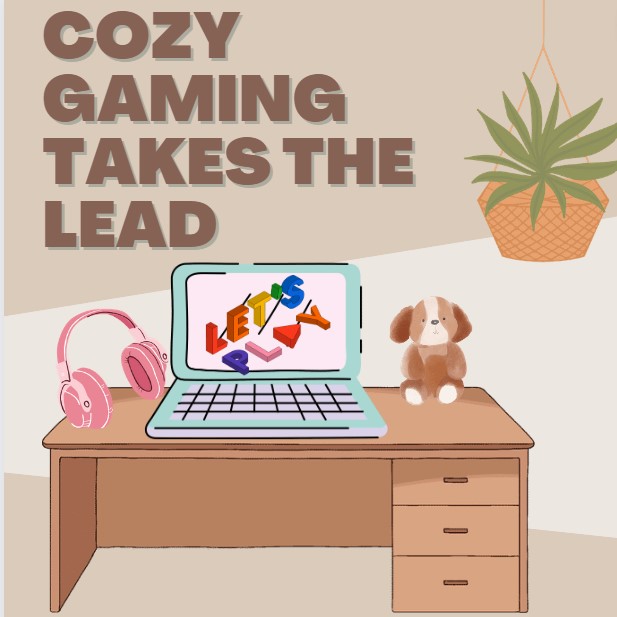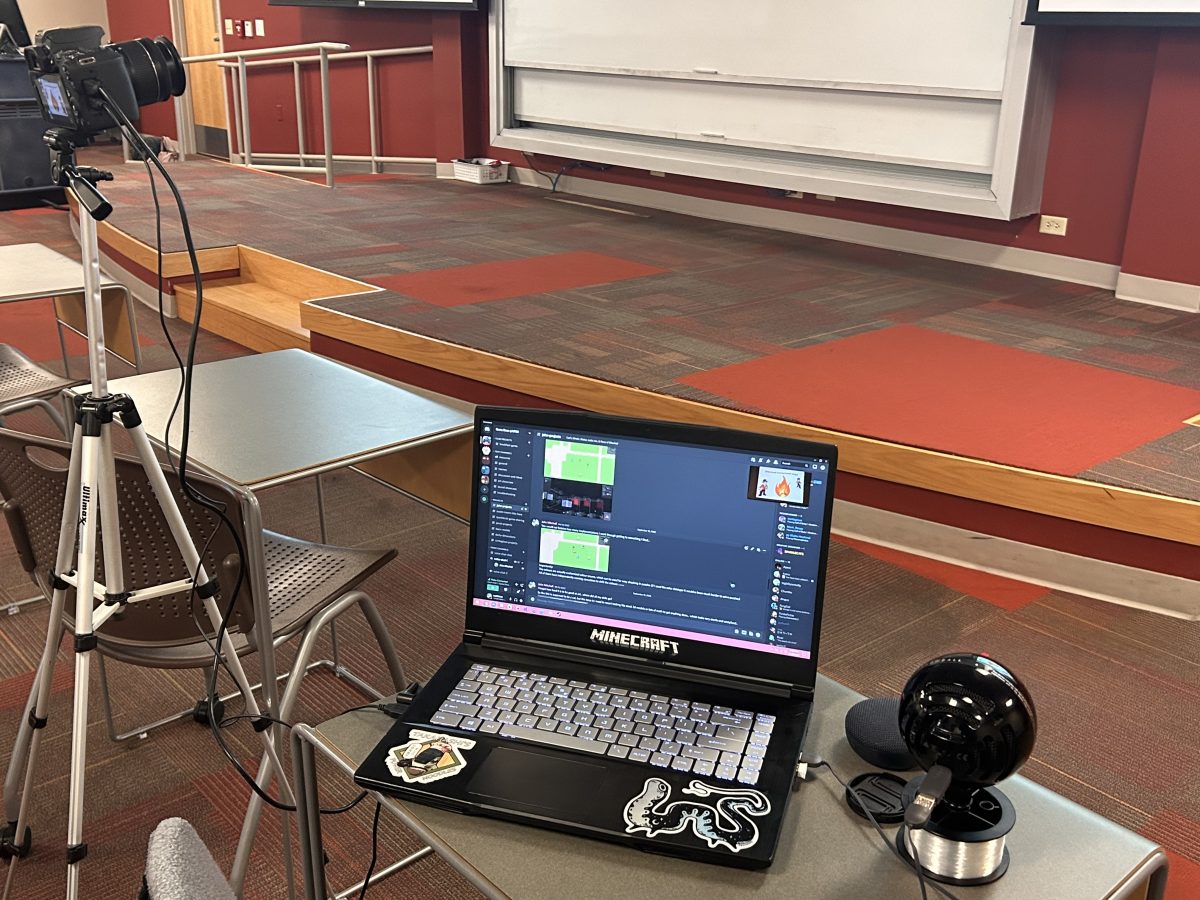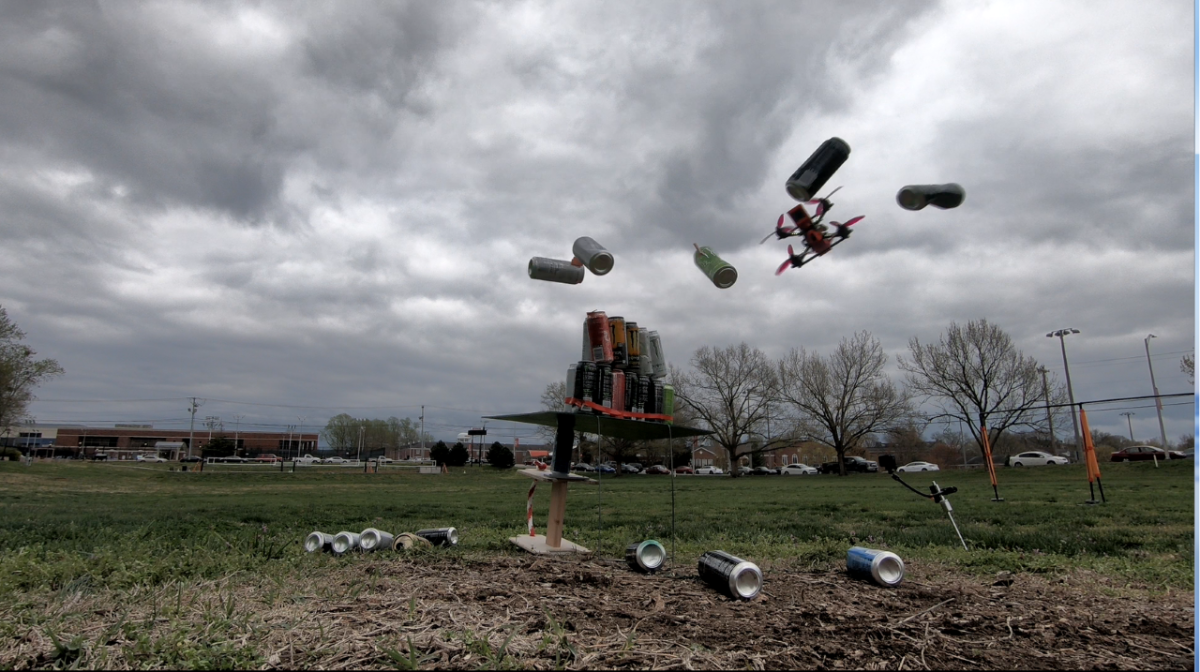Begin by introducing yourself and giving a brief summary of what you do professionally, your educational background, your time at Austin Peay and what you’re doing now.
My name is Heather Abels. I’ve worked as a visual effects matte painter for the last 10 years. My educational background begins at East Tennessee State University where I earned my BS in Animation, Illustration and Digital Media. After working for a few years in graphic design and print pre-production, I moved to San Francisco to earn my MFA at The Academy of Art University. From there, I had a really great internship at Matte World Digital that set me on my path professionally as a matte painter. Last semester I had the opportunity to teach Electronic Imaging in the Art & Design Department at Austin Peay.
I currently work remotely as a matte painter and concept artist from my home in Clarksville, TN as well as teaching an online Advanced Matte Painting workshop at CG Society/CGMA to students all over the world.
What does a matte painter do? What are the main types of media you work for (commercials, movies, TV) and where have you worked?
Matte painting is the creation of virtual sets or environments using digital painting techniques with baked in lighting, 3d geometry, and projections. It’s also known as set projection, set extension, or digimatte. Matte paintings are used to create worlds or backdrops where they do not exist in real life, or would be too expensive to create as a fully built set either practically or digitally. My experience in visual effects can be seen in feature and animated films, commercials, television, game cinematics, and on virtual reality platforms.
How long have you worked for Disney? Describe what your work is like, where you work and how long you typically work on a project.
Before I left California, I got to work for Disney Feature Animation for a year and a half on films like Big Hero 6, Zootopia and Moana. Working on animated films was an exciting change for me, since every single element in every shot is created virtually by artists (there are no live action plates on an animated film). Set Extension is a step that occurs after the sets are built, cameras are created, and lighting has been started. Disney films themselves take years to complete, but Set Extension might be the last 6-9 months of production. The wonderful thing at Disney was that if we didn’t have any set extension work to do, we got to expand our skill set by doing some basic modeling, and look development, so we were always being useful in production even if there was downtime in “set extension” production needs.
The most recent project you have worked on that will be released in cinemas is Disney’s “Moana.” What was your contribution to this film, and how would you describe the experience?
My work on Moana was very brief, and was primarily helping paint and project some skies and clouds on test shots. Before I left I tried to develop some tools to simplify some of the technical work of projecting our paintings. Moana itself really has a magical feeling to it, and even with my brief time working on it, I knew I was contributing to something really special. The work I did was used in a digital teaser short created for D23 last year, and was in the first public trailer released for Moana.
In addition to Moana, you have worked on films such as Big Hero 6, Zootopia, and Life of Pi. How are you contacted to work on these films? Are you asked, or is there an interview process?
Up until we decided to leave California, all my work has been done as an employee of the companies I worked for. I was lucky in that I had long stays at many of the companies I worked for, and I didn’t start freelancing until I moved here. To get hired, you have to have a good demo reel, and go through an interview, and from there you keep your position by performing your job well. As a freelance artist, I have a lot of experience under my belt, and I am occasionally approached for work, and often times reach out when I hear a company has a need. My work these days has a much tighter turnaround time than the features I used to do back at Disney and Rhythm & Hues.
As a personal note, what have been some your favorite projects you’ve worked on?
All projects have their ups and downs. My favorite part of working with a large team of people has always been the people. It’s always exciting to have a big epic shot to work on, but what really inspires me is having amazingly talented co-workers. When you are surrounded by talented people, you strive to improve your work as well. You can collaborate together, complain when things are difficult, but ultimately improve each other.
Your husband, Scott Raymond, is also an animator and a professor here at APSU. What is it like being married to a fellow animator, do you two ever work together or compare work?
My husband and I met in grad school at AAU. We got along so well that we decided to collaborate on our graduate thesis project. After surviving that we decided to be lifelong collaborators. It’s wonderful to be in the same industry, while each having our own speciality, because there’s no competition between us. I rely on his feedback and advice, and we often work together on freelance projects, as we each take on different roles.
For our readers who are interested in getting into “the industry,” can you describe the steps you took to get where you are, what education and skills you think are necessary and your advice for getting your work out there?
The “industry” is constantly evolving. Finding your passion, being truthful about your skills, and perfecting your demo reel are the most important things. I always suggest that people have a backup plan. These days, it’s easy to find the information you need to pick up the skills required for a job, but each role is very specific. There’s modeling, lighting, rigging, compositing, look development, matte painting, animation, fx and more! Each and every one of these roles has a constantly evolving list of requirements as the technical demands of the industry grow. I made it in the industry because I had really excellent instructors and mentors, so my solid advice would be to find the right mentor and really listen to their advice.
What are your plans or goals for the future?
My goals are to keep working in the industry for as long as I can while trying to raise my family. I also have a passion to teach others the skills I’ve learned over the years, and pay forward the advice and help my mentors gave me.







